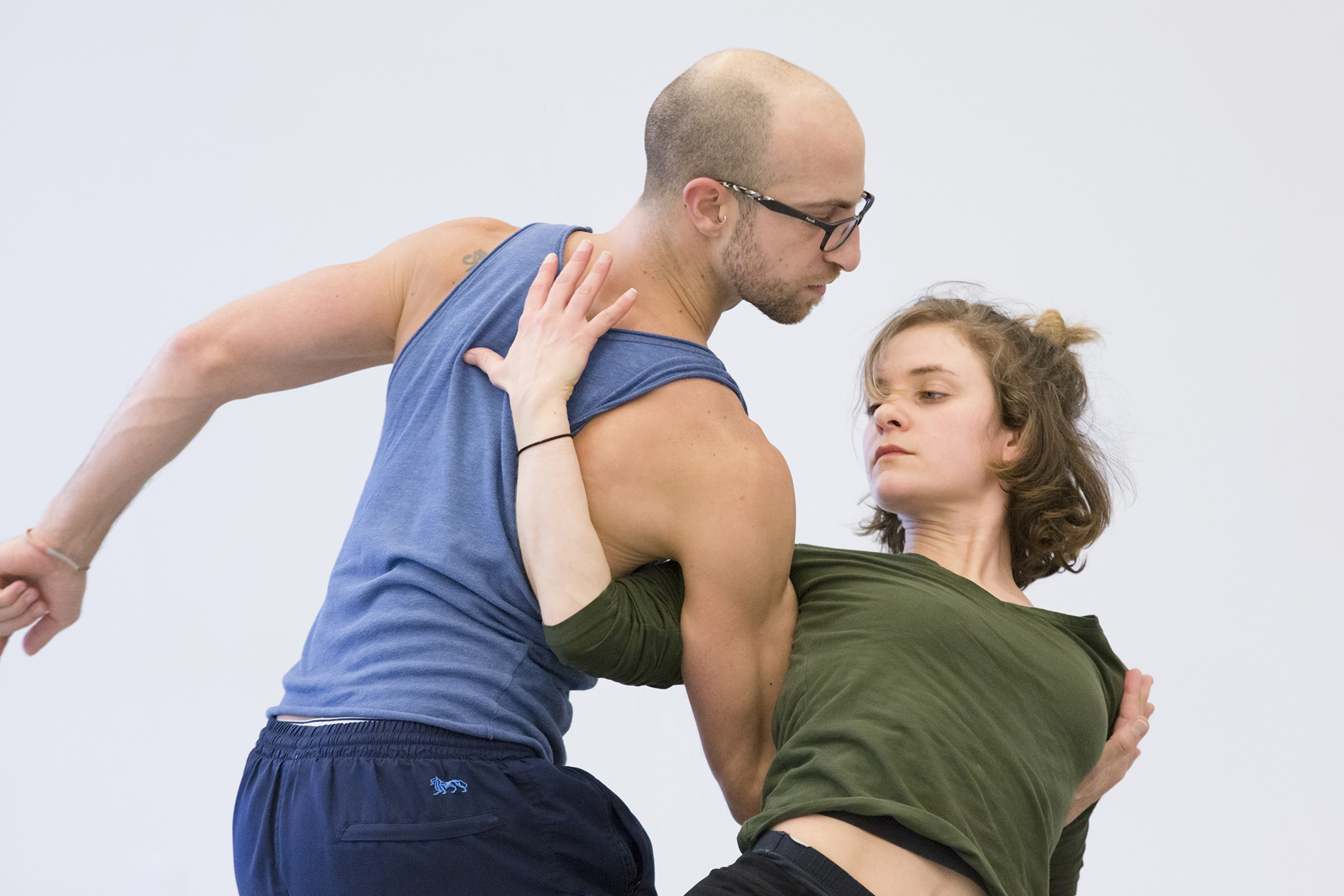Portland State’s Chiron Studies program—where students can propose, plan and lead courses—has introduced a new class this term: “Exploring Buffy the Vampire Slayer.”
Buffy the Vampire Slayer comes to PSU
Portland State’s Chiron Studies program—where students can propose, plan and lead courses—has introduced a new class this term: “Exploring Buffy the Vampire Slayer.” Led by PSU film major Allison Higginbotham, the course will examine the themes, metaphors and production of the popular television show.
First airing in 1997, “Buffy the Vampire Slayer” chronicled the lives and adventures of a teenage vampire hunter and her friends. The show ran for seven seasons and garnered a wide teenage audience. In 2006, the Journal of Popular Culture even named Buffy a “cult classic.”
Higginbotham, the PSU student who proposed the new course after re-watching old episodes of Buffy, said the class will focus on aspects of the show’s production and influence on pop culture.
“The class is definitely for Buffy fans, [but also] for people interested in television studies,” she said.
Students will also analyze themes and metaphors presented in specific episodes. For instance, the class will be studying how the show relates to feminism, reading articles that both confirm and refute the claim that Buffy is a feminist program.
“On the outside [Buffy’s] pretty, she’s cute and she’s got some martial arts skills, but it’s more than that,” Higginbotham said. “There are metaphors behind the monsters.”
Getting a course about Buffy into the Chiron Studies program was no easy feat. According to Chiron Studies Coordinator Rozzell Medina, Higginbotham’s course proposal was rejected twice. However, the course is now full and the waiting list is long. Due to the amount of interest generated by the topic of this class, Higginbotham said that there is also a possibility of repeating the Chiron course for spring term.
Higginbotham, who learned of Chiron studies when she enrolled in a Jane Austen film course as a freshman, said the idea of the program really resonated with her. This term, she hopes her class “will help [students] see that television is more than mindless entertainment.”
According to Medina, Chiron Studies first emerged in the late 1960s as part of a movement to empower students, allowing them more freedom to shape their own education. The program gives upper-division and post-baccalaureate students the ability to propose new courses that the university doesn’t already offer—and get paid for teaching them.
“Chiron Studies is important because it demonstrates to students that their interests are just as valid as those presented by the university,” Medina said.
Medina also stated that learning from a peer, changing the classroom power dynamic and altering previous conceptions of learning are the aspects of Chiron Studies that he finds most beneficial to students.
The program is growing; it is expanding from just two courses this term to five courses spring term. All Chiron classes are chosen by a committee consisting of students, faculty and community members, of which students are the majority.
Once approved, each course must also have a faculty sponsor. Chiron classes are credited as general elective 199-level courses. ?



